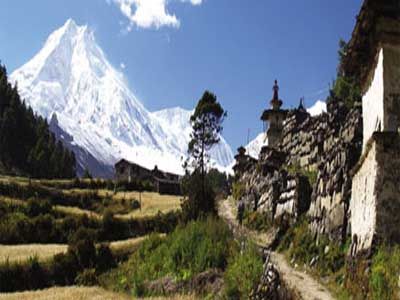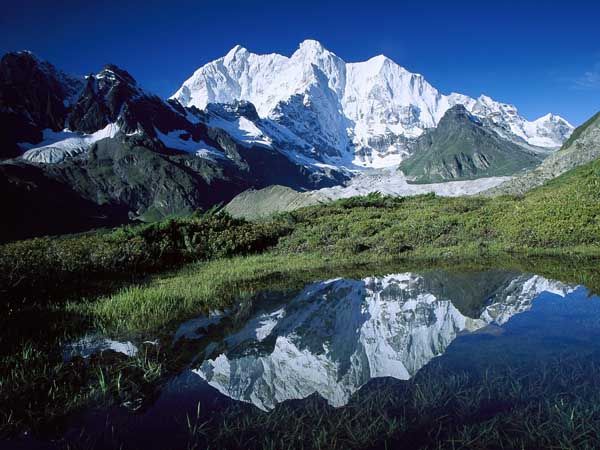Holiday Resolution
Himalayas (/ˌhɪməˈleɪ.ə/ or /hɪˈmɑːləjə/), Nepali Himalaya, great mountain system of Asia forming a barrier between the Plateau of Tibet to the north
and the alluvial plains of the Indian subcontinent to the south. The Himalayas include the highest mountains in the world, with more than 110 peaks rising to elevations of 24,000 feet (7,300 metres) or more above sea level. One of these peaks is Mount Everest (Tibetan: Chomolungma; Chinese: Qomolangma Feng; Nepali: Sagarmatha), the world’s highest, with an elevation of 29,035 feet (8,850 metres; see Researcher’s Note: Height of Mount Everest. The mountains’ high peaks rise into the zone of perpetual snow.
For thousands of years the Himalayas have held a profound significance for the peoples of South Asia, as their literature, mythologies, and religions reflect. Since ancient times the vast glaciated heights have attracted the attention of the pilgrim mountaineers of India, who coined the Sanskrit name Himalaya—from hima (“snow”) and alaya (“abode”)—for this great mountain system. In contemporary times the Himalayas have offered the greatest attraction and the greatest challenge to mountaineers throughout the world.
The Himalayas abut or cross six countries: Bhutan, India, Nepal, China, Afghanistan and Pakistan, with the first three countries having sovereignty over most of the range.




No comments:
Post a Comment